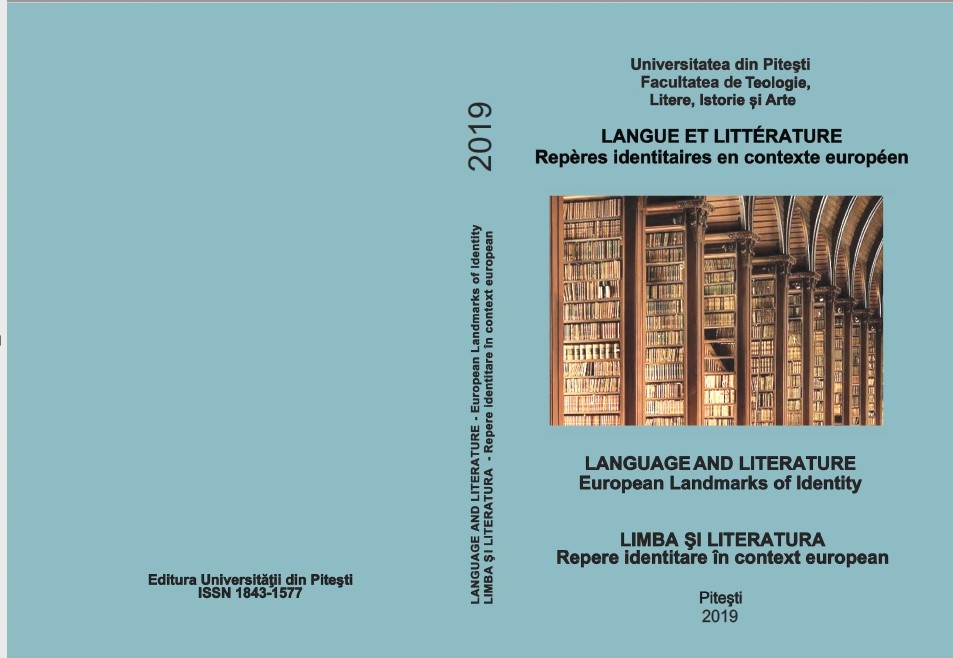VISUALIZING TIME – A PSYCHOLOGICAL THRESHOLD FOR THE IMAGINATION
VISUALIZING TIME – A PSYCHOLOGICAL THRESHOLD FOR THE IMAGINATION
Author(s): Daniela DuraliaSubject(s): Language and Literature Studies, Studies of Literature
Published by: Editura Universităţii din Piteşti
Keywords: South; time; imagination; humor; visualization;
Summary/Abstract: William Faulkner used time in various ways to express his attitude towards the conditions of American society after the Civil War. Time’s ramification functions figuratively both as a structural and thematic device. Faulkner’s mastery in transposing his visual art is obvious in his making time flow through the respective consciousness of his characters. For Faulkner as for Nietzsche memory goes back into the past for a certain reason. The latter believes that “[one] can explain the past only by what is most powerful in the present” (Nietzsche 40). In Absalom, Absalom!, the reader is taken back and forth in time getting glimpses into the past in order to understand Sutpen’s story as related by other narrators. One of Faulkner’s techniques is using flashbacks such as tall tales “to distort reality out of most if not all proportions referred to as ‘hyperbolic humor’” (Skei 85). The strong imprint that the implacable forces of the past left on the characters’ minds can only be relieved through remembrance and imagination. This analysis focuses on the importance of readers visualizing of the use of time and its ramifications in Absalom, Absalom!. By engaging with Faulkner’s “timeplay” the reader not only situates himself within two-time frames but also discovers the author’s distinct use of humor and irony as tools to criticize the atrocities and aberrations of the Civil War.
Journal: LIMBA ȘI LITERATURA – REPERE IDENTITARE ÎN CONTEXT EUROPEAN
- Issue Year: 2019
- Issue No: 25
- Page Range: 184-190
- Page Count: 7
- Language: English

